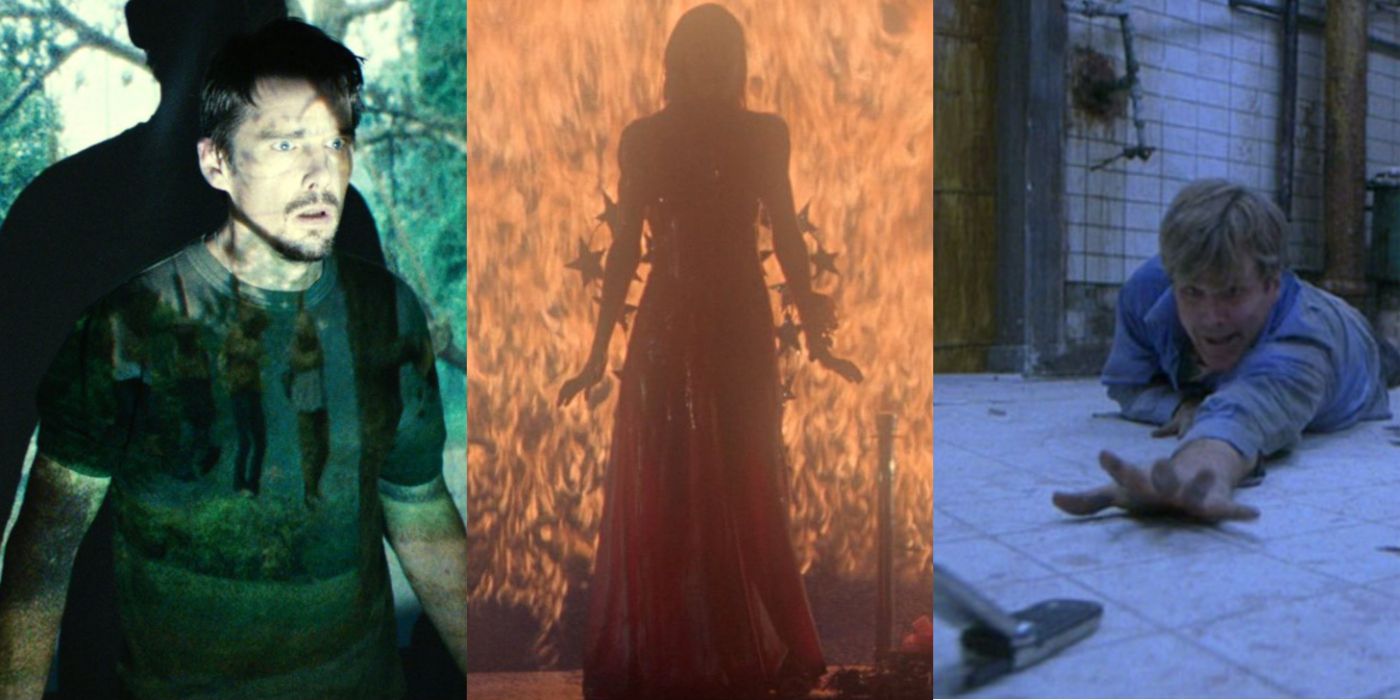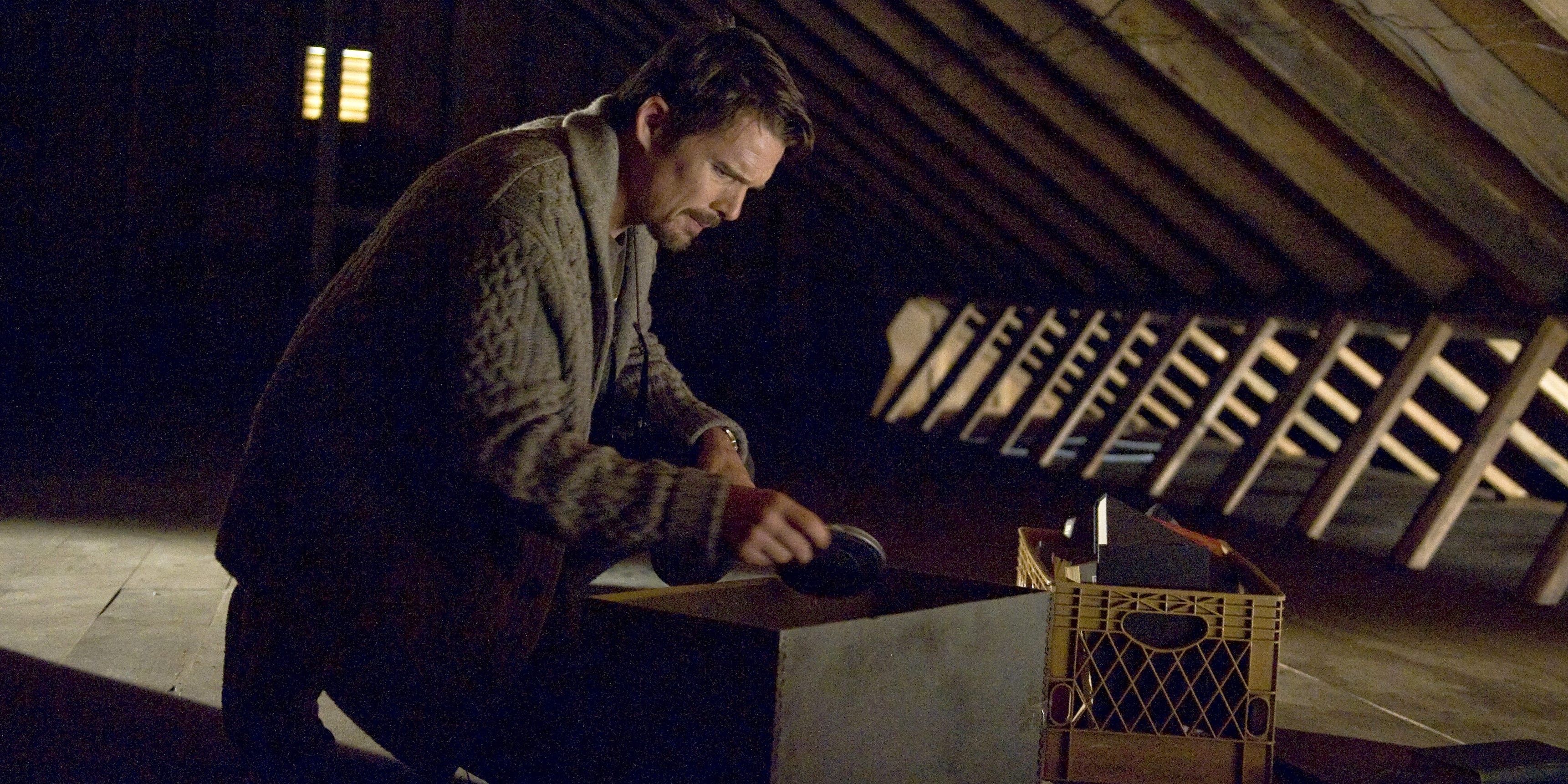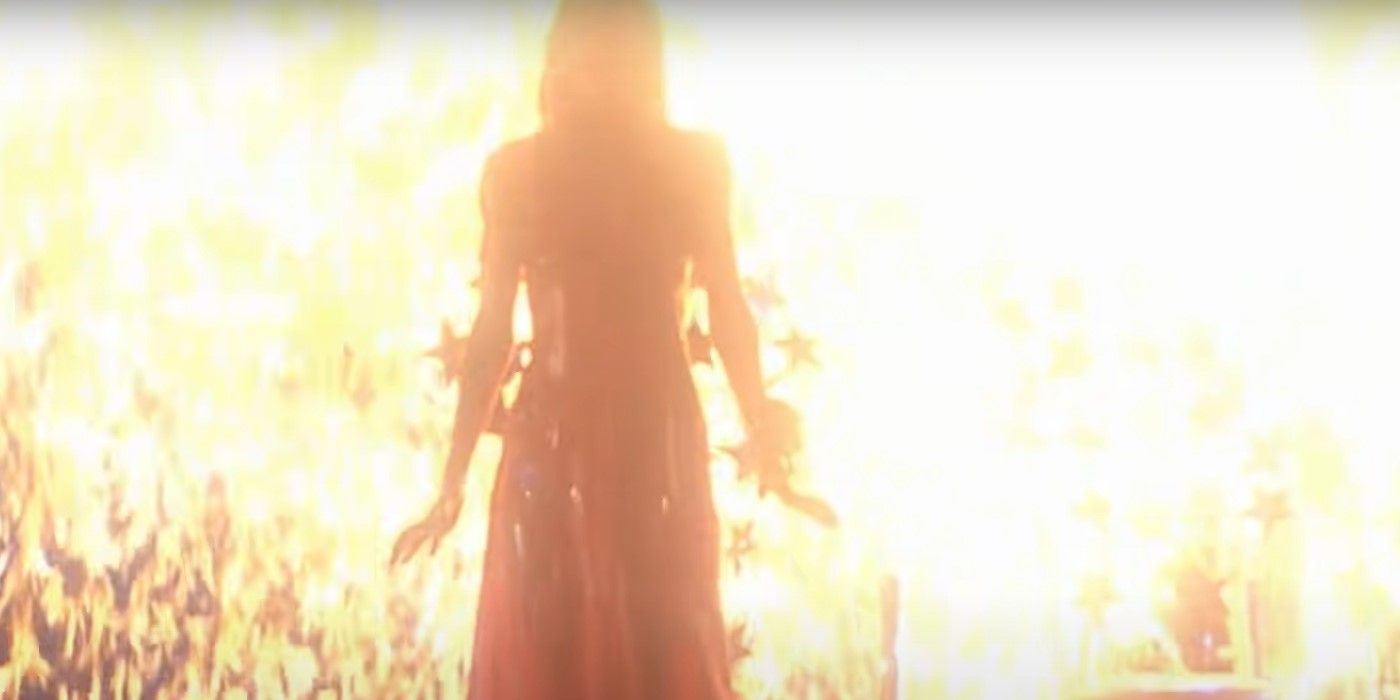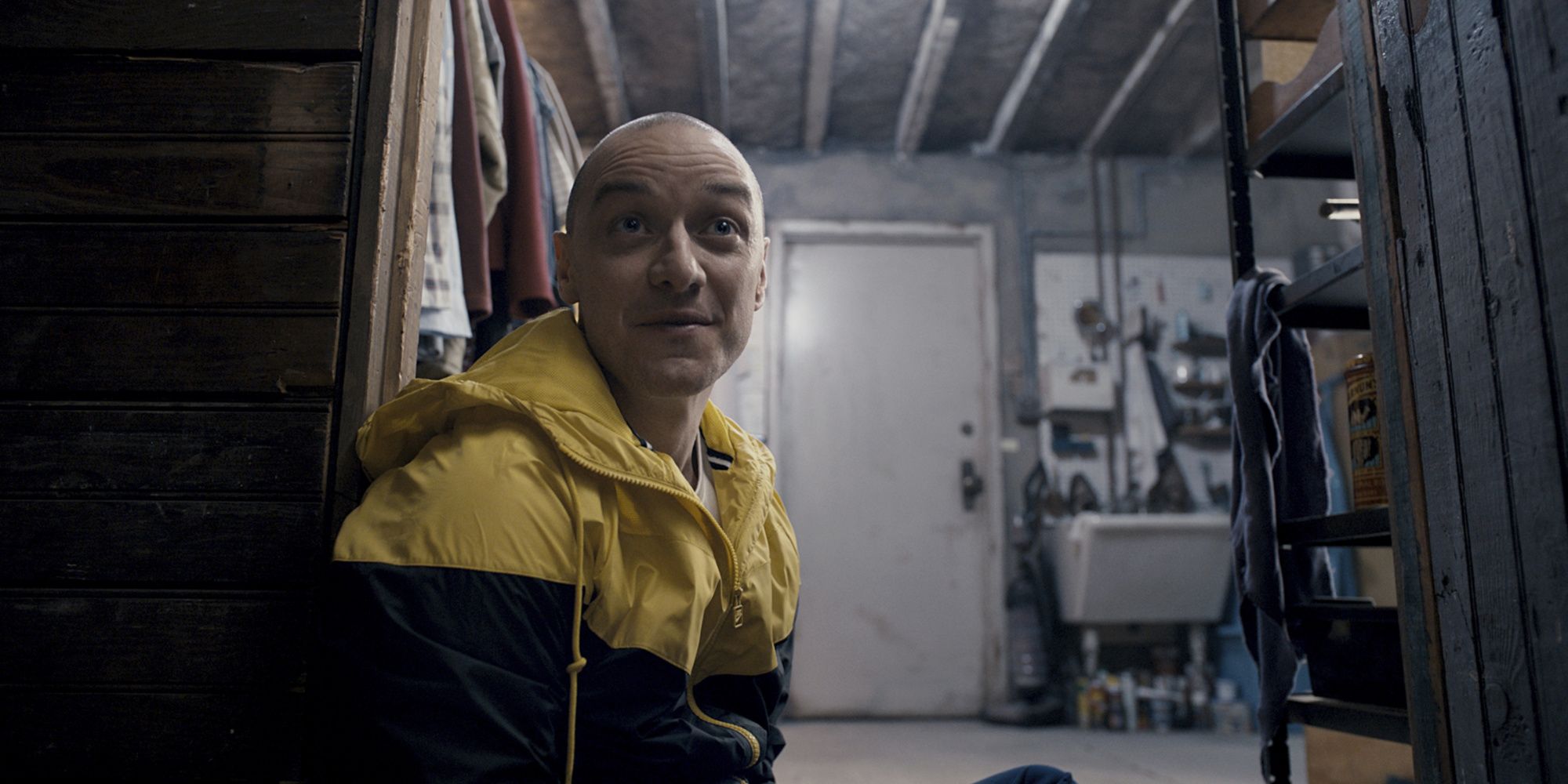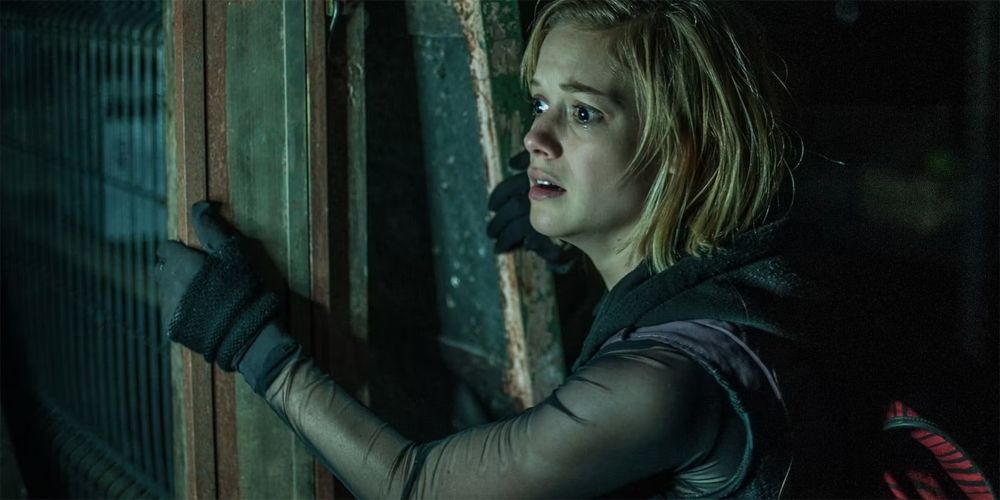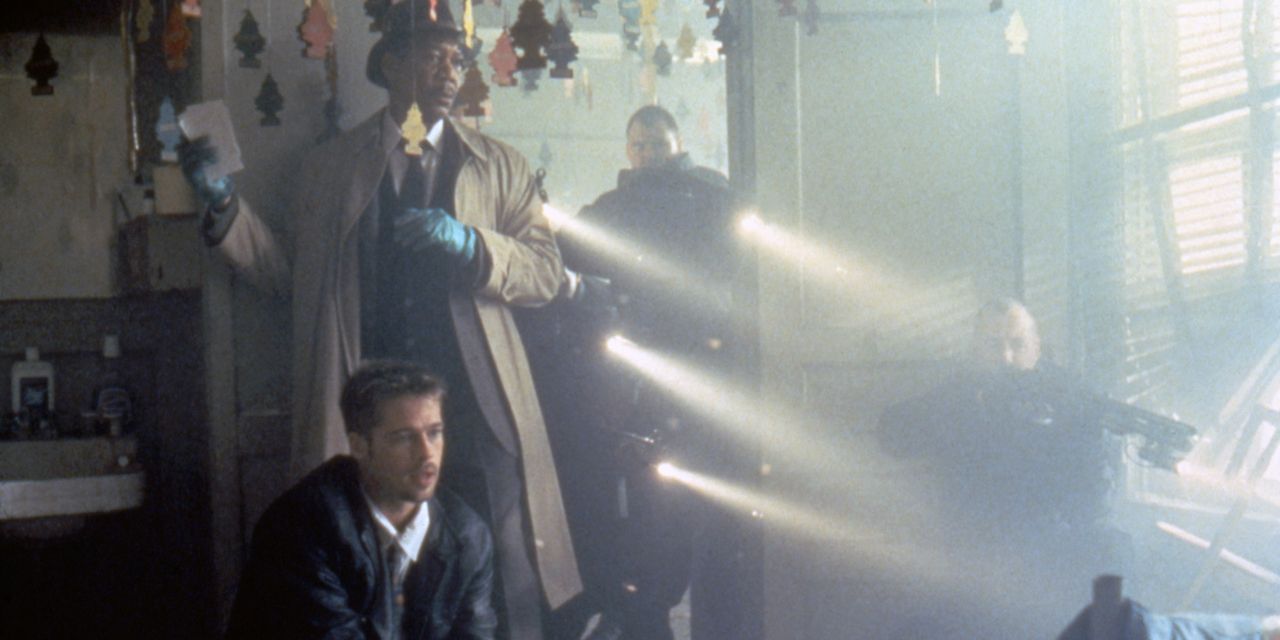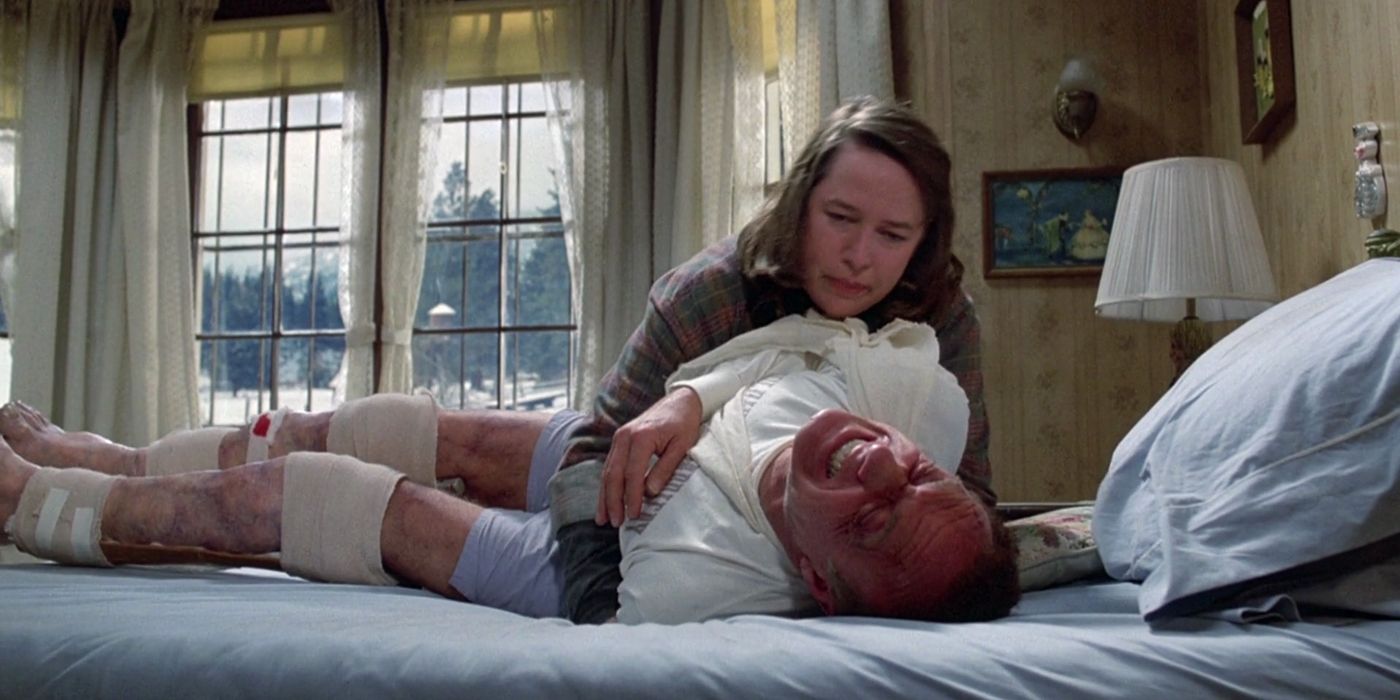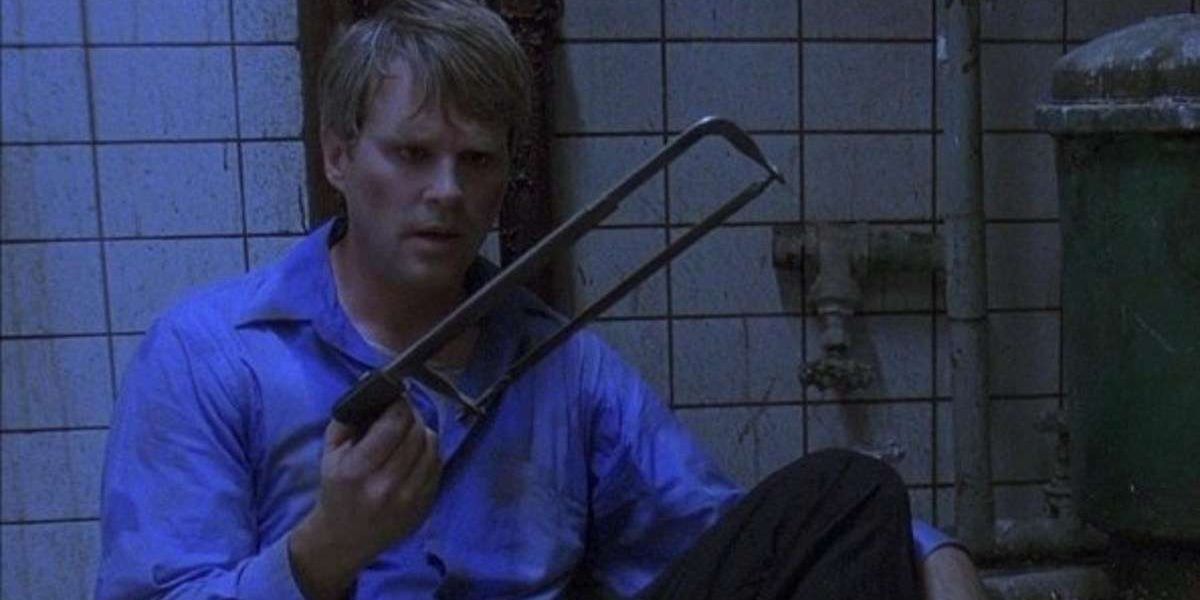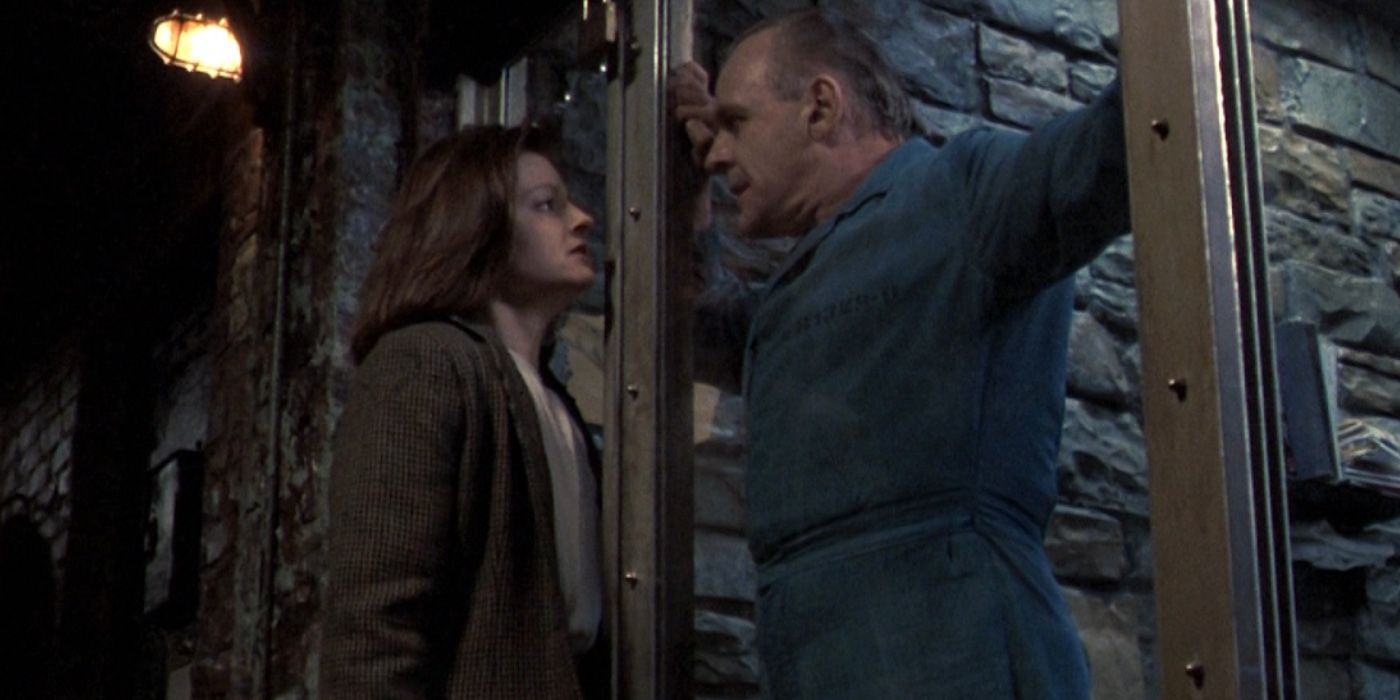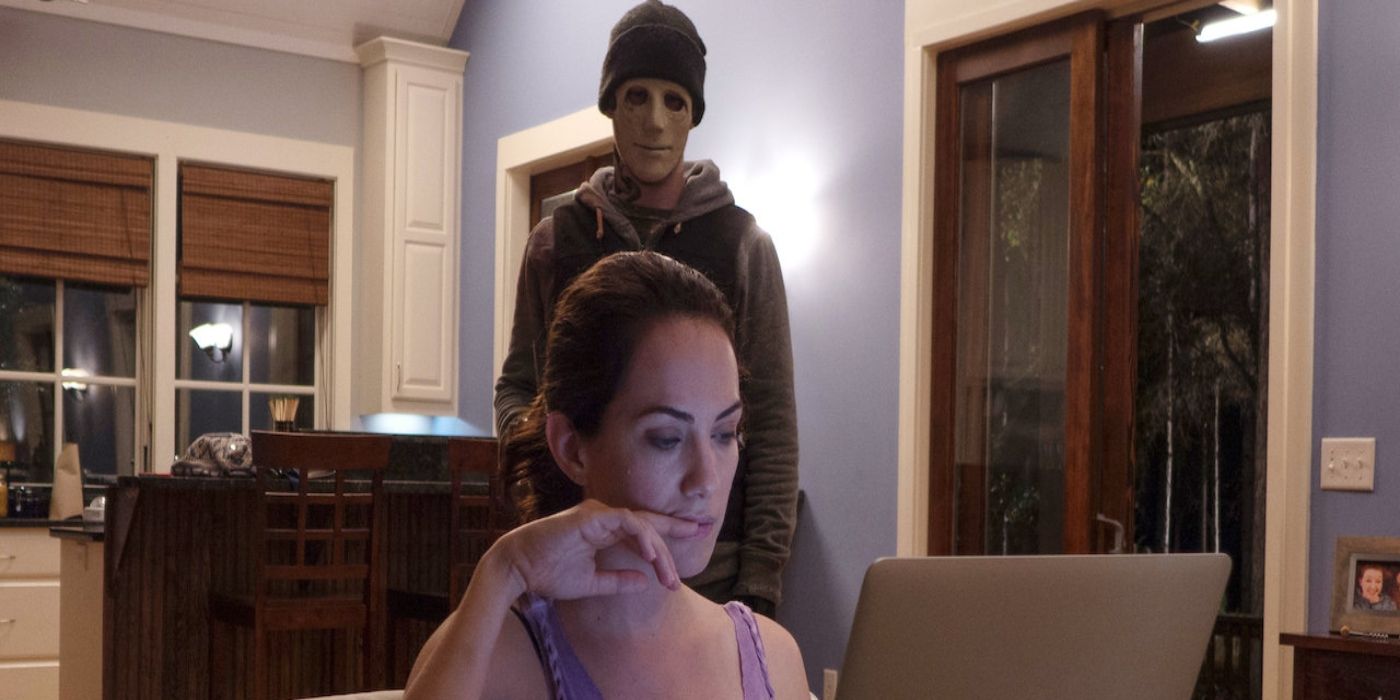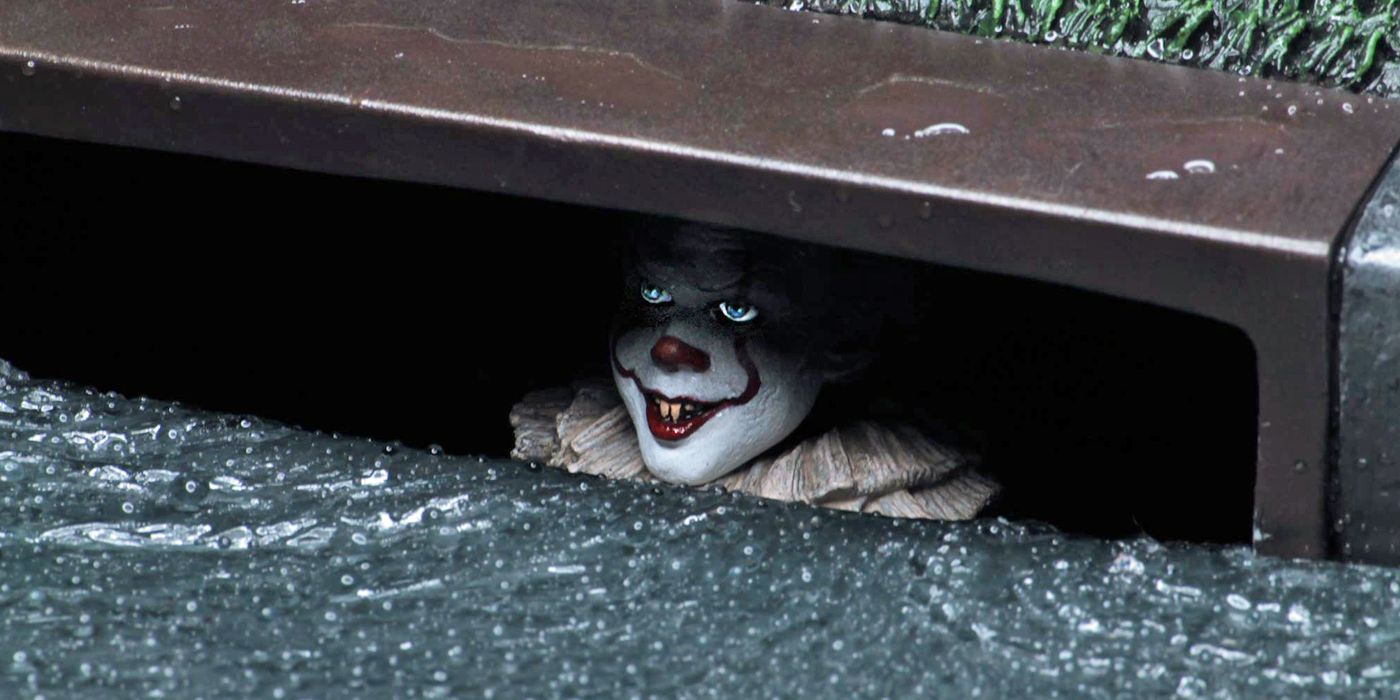2022 has already marked the release of several groundbreaking exercises in terror, with The Black Phone being chief among them. Directed by Scott Derrickson and based upon a short story by Joe Hill, The Black Phone chronicles a kidnapped boy’s struggle to escape from the clutches of a twisted, masked serial killer.
The haunting visuals and no-nonsense attitude of The Black Phone has left audiences deeply frightened and eager for a comparable experience. The Black Phone is a one-of-a-kind horror movie, but there are several other disturbing films out there that trade in similar themes and subject matter.
10 Sinister Looks Into The Face Of Evil Through Increasingly Upsetting Home Videos
Scott Derrickson became one of the biggest filmmakers in the world after directing Dr. Strange, but he cut his teeth in the horror genre, which continues to feel like the area of cinema that Derrickson is most passionate about. There’s a lot of the same DNA in Derrickson’s latest movie, The Black Phone, and his classic Blumhouse effort, Sinister.
Both movies star Ethan Hawke (as well as feature James Ransome) and are obsessed with the corruption and protection of children from dark forces. Sinister eventually enters supernatural territory in its third act, but the bulk of the film depicts Hawke’s character attempt to solve a grim mystery that involves a series of grisly snuff films.
9 Carrie Is An Archetypal Story Of Bullying And The Need For Acceptance
Carrie will forever be a pivotal text from Stephen King since it’s not just the author’s first novel, but also the first of his works to get adapted into a feature film. There are endless horror stories about psychokinetic powers that go awry, but Carrie is the blueprint that all of these stories pull from.
Brian De Palma’s 1976 film is just as powerful today with its prescient depiction of the horrors of high school bullying and religious zealots. Carrie and The Black Phone go in very different directions, but both stories are triggered by vicious bullying and look at how their protagonists find the strength to fight back.
8 Split Follows A Fractured Mind Who Holds An Innocent Girl Hostage
M. Night Shyamalan has become a relatively hit-or-miss filmmaker, but his movies are always fascinating for one reason or another. Split helped Shyamalan get out of a creative and critical slump by scaling down and once again embracing genre.
Much like with The Black Phone, Split focuses on a kidnapped victim’s dire situation as they’re left to the mercy of a volatile villain. Split could unpack mental illness in a more respectful manner, but captivating performances from James McAvoy and Anya Taylor-Joy make the movie work.
7 Don’t Breathe Turns The Intruders Into The Prey Through Its Surprising Twists
The horror genre has such evergreen appeal because the style of storytelling is all about subverting expectations and surprising the audience. Don’t Breathe is an elegant example of the powerful effectiveness of horror that turns some mundane breaking and entering into a twisted fight for survival.
A group of low-level vandals break into the home of a blind veteran with the intention of robbing him of his fortune. In reality, these thieves learn that this veteran is far more capable than he appears and that there’s a lot more hidden in his home than riches.
6 Se7en Embraces Nihilism Through Its Brutal Serial Killer Story
David Fincher is a visionary director who’s tackled diverse genres across many feature films, but dark serial killer narratives have become his calling card in many ways. Fincher is frequently at his best in projects like Zodiac, The Girl With the Dragon Tattoo, and Mindhunter, where he’s deeply immersed in murderous individuals.
Fincher’s first foray with such evil material is Se7en, which details the hunt for a serial killer who claims his victims according to the seven deadly sins. Se7en is a more mature film than The Black Phone, but they’re both set in depressing worlds where heightened criminals reign supreme.
5 Misery Mixes Toxic Fandom With The Ultimate Fight For Survival
Dozens of Stephen King’s most celebrated works have been adapted into feature films and television series, but Misery remains one of the most impressive and is a rare adaptation that can hold its own with its source material. Misery is a terrifying story about trust, control, and toxic fandom at its worst.
Acclaimed novelist, Paul Sheldon, suffers a terrible car accident and ends up in the care of Annie Wilkes, his self-prescribed number one fan. Paul learns that he’s increasingly dependent upon a dangerous and erratic individual, which is only made more captivating through James Caan and Kathy Bates’ emotional performances.
4 Saw Is Minimalist Horror At Its Finest
The Black Phone covers a lot of ground, but the film is largely contained to its basement prison, where Finney is held captive by The Grabber. The Grabber and the Saw franchise’s Jigsaw are quite different in terms of their motivations, but these movies are alike in the sense that they’re claustrophobic stories set in small prisons.
Escape seems equally impossible to the kidnapped prey in both Saw and The Black Phone. The Grabber won’t make use of elaborate torture devices like Jigsaw, but he’s still more than capable of claiming lives.
3 The Silence Of The Lambs Creates A World Full Of Sadistic Serial Killers
The Silence of the Lambs will forever be an iconic text and piece of cinema due to its use of Hannibal “The Cannibal” Lecter. Hannibal is a character who’s received dozens of hours of examination, and he’s at his most interesting in Silence of the Lambs when in opposition to Clarice Starling.
The Silence of the Lambs operates on a much grander scope than The Black Phone. Still, it’s hard not to draw similarities between Finney’s subterranean quarters and the dank well that Catherine Martin is kept captive in by Buffalo Bill. These two monsters also both exhibit elaborate costumes and a flair for presentation that’s used to further intimidate their victims.
2 Hush Pushes The Home Invasion Subgenre To New Horrifying Heights
The home invasion subgenre of horror has found new life over the past decade. It’s terrifying to consider the privacy of one’s home being violated, and many horror movies have pushed this upsetting premise to even darker territory. Hush, coming from Mike Flanagan of The Haunting of Hill House, Midnight Mass, and Doctor Sleep fame, increases the tension by putting a deaf woman up against a masked intruder.
There’s a palpable sense of helplessness that Flanagan plays with that’s not unlike the dread that Finney faces in The Black Phone. Both villains also become exponentially creepier because of their distinct masks.
1 IT Forces Children To Confront Their Fears, Both Figuratively And Literally
Andy Muschietti’s modern adaptation of Stephen King’s IT had a lot to do with the current Renaissance period of new King projects. There’s a surprising amount of derision for the adult-centric IT: Chapter Two, but the first part of this cinematic saga perfectly taps into King’s iconic world.
IT is a huge story, but the first film is heavily focused on downtrodden kids who have to confront their fears and take on a supernatural menace. Pennywise’s fascination with children definitely brings The Black Phone’s The Grabber to mind. Both movies are coming-of-age stories for the characters.

